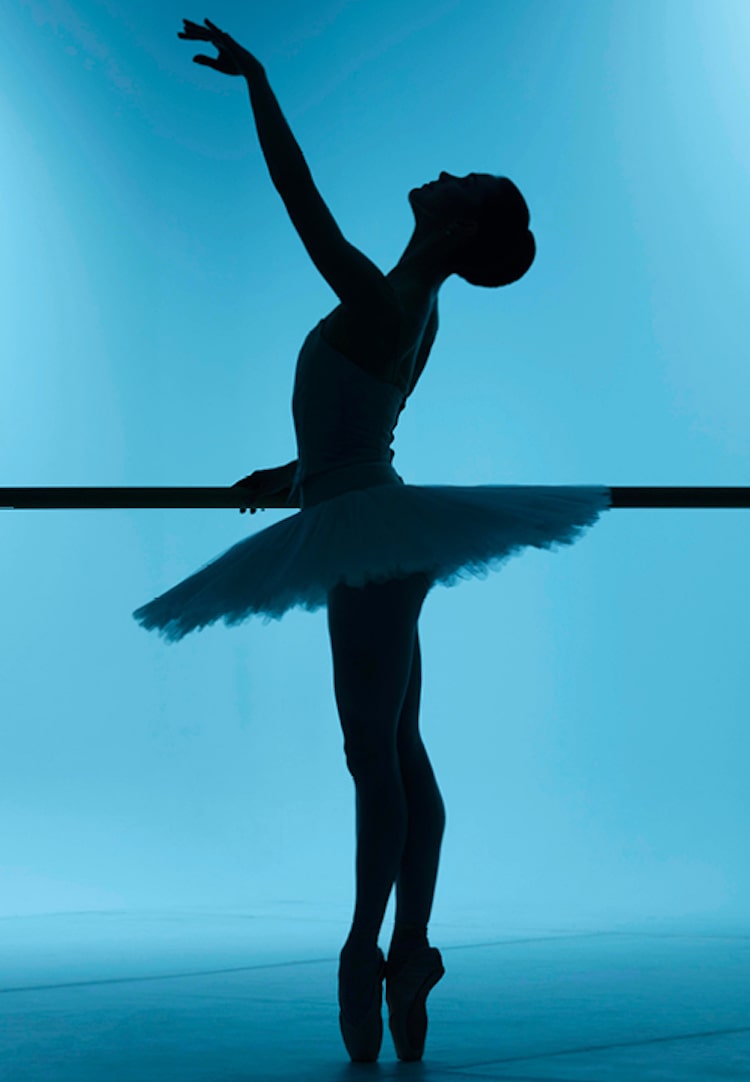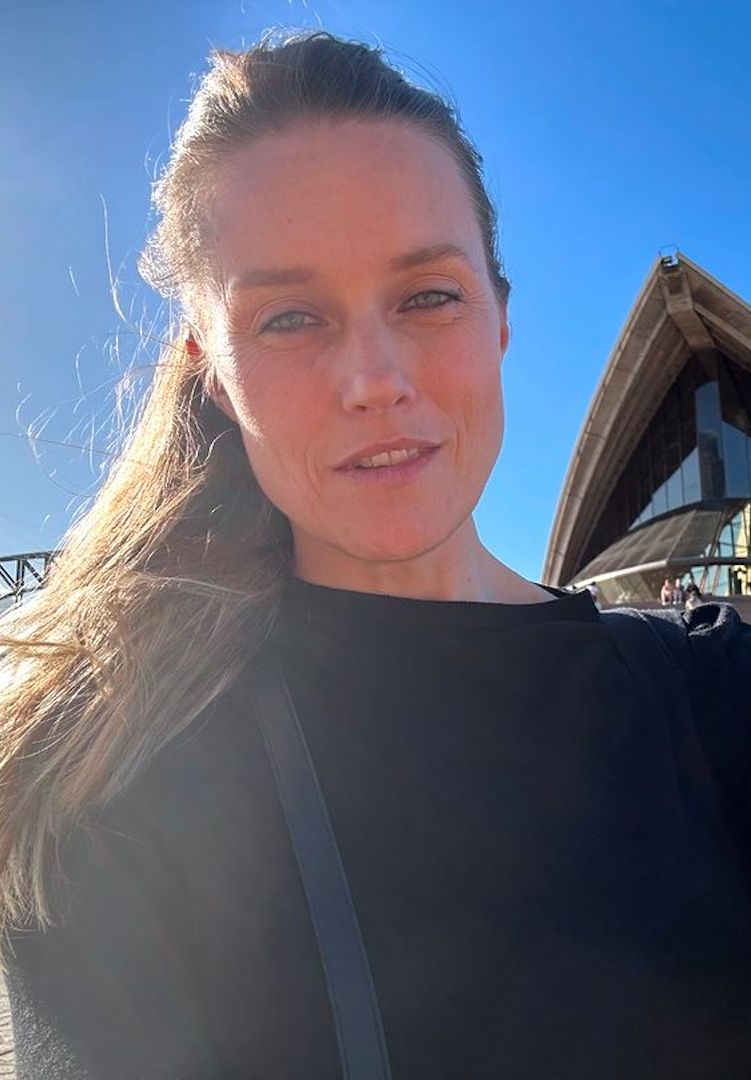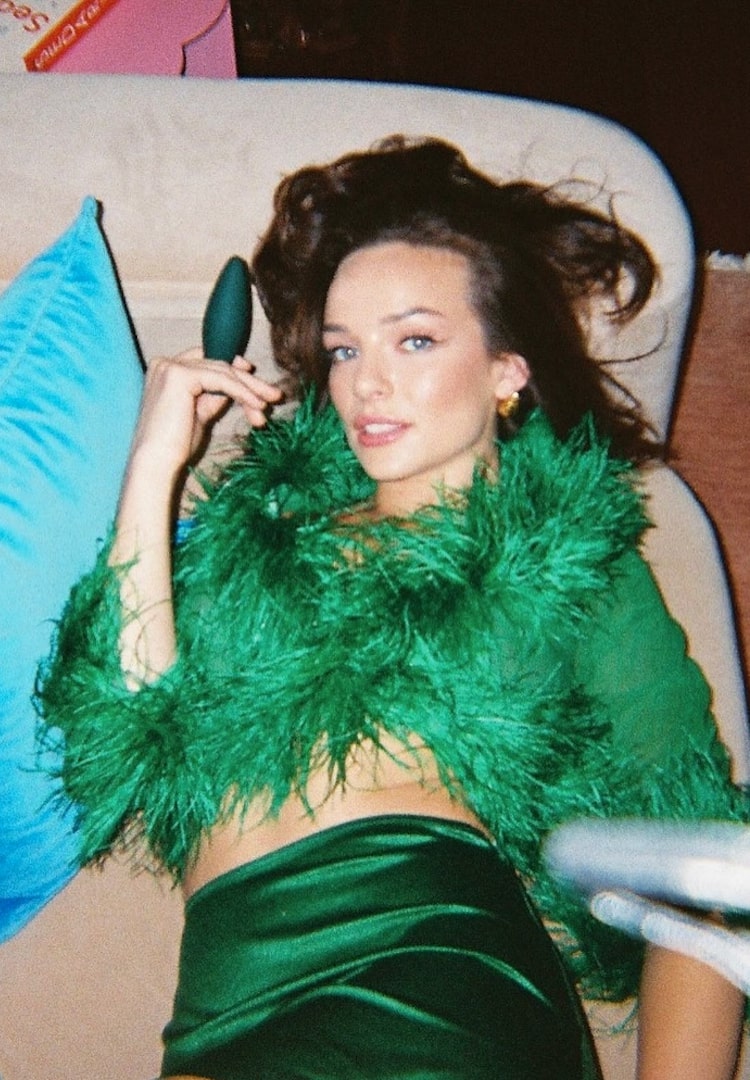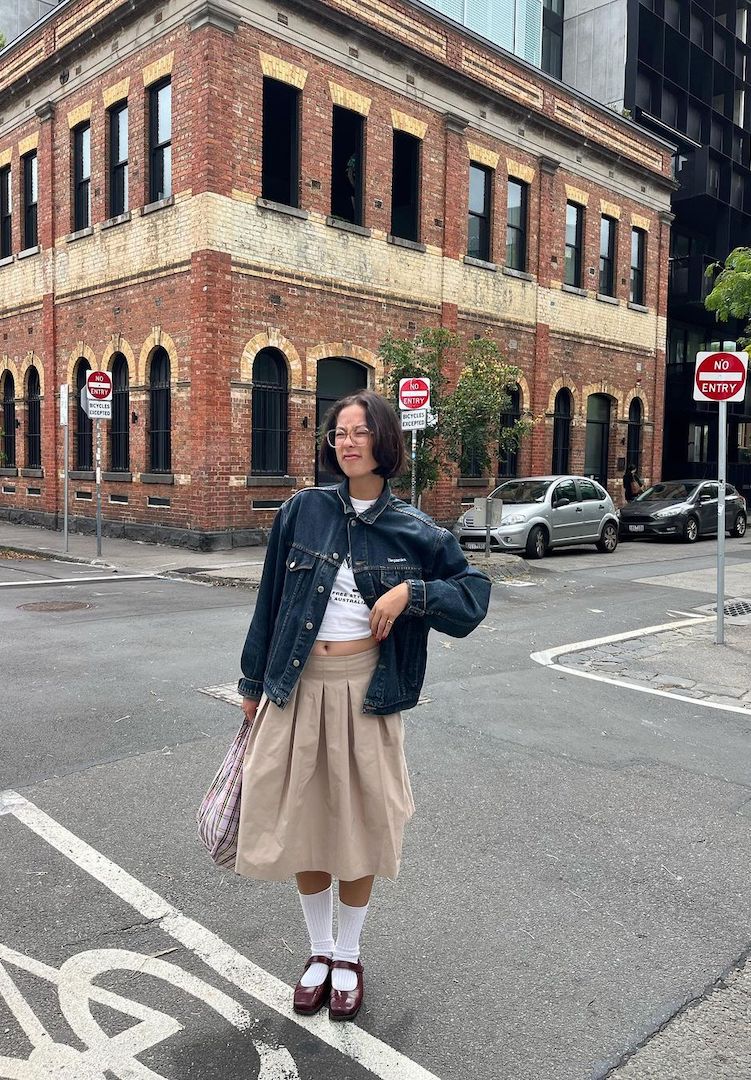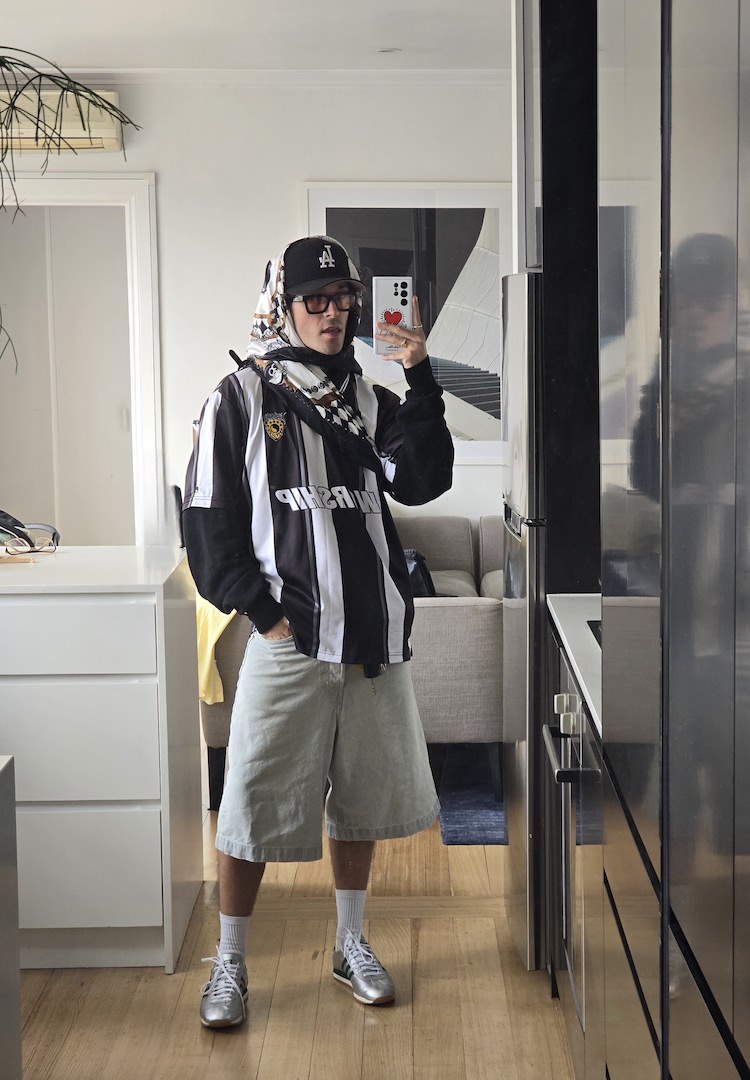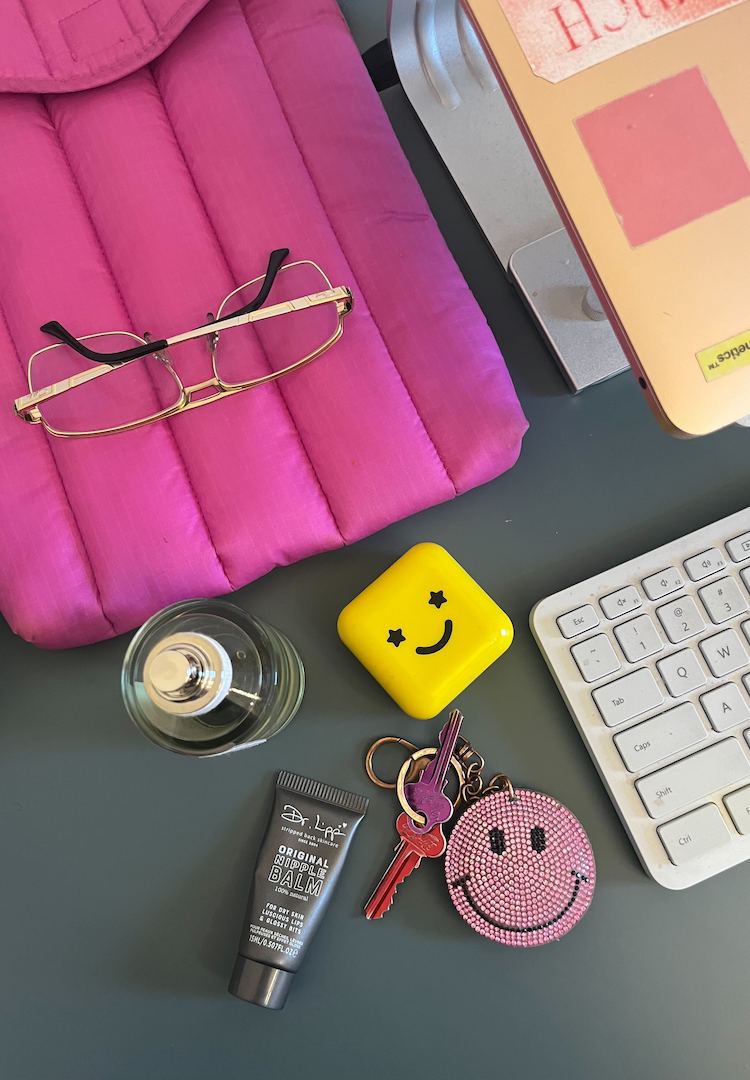How I Got Here: The Australian Ballet’s Resident Choreographer on the importance of letting go
“I think there has to be enjoyment and intuition and spark; that amazing creative excitement every time.”
Have you ever stalked someone on LinkedIn and wondered how on earth they managed to land that wildly impressive job? While the internet and social media might have us believe that our ideal job is a mere pipe dream, the individuals who have these jobs were, believe it or not, in the same position once, fantasising over someone else’s seemingly unattainable job.
But behind the awe-inspiring titles and the fancy work events lies a heck of a lot of hard work. So what lessons have been learnt and what skills have proved invaluable in getting them from daydreaming about success to actually being at the top of their industry?
Looking for a new 9 to 5? Head to our Careers page for new listings daily.
Welcome to How I Got Here, where we talk to women who are killing it in their respective fields about how they landed their awe-inspiring jobs, exploring the peaks and pits, the failures and the wins, and most importantly the knowledge, advice, and practical tips they’ve gleaned along the way.
This week, we hear from The Australian Ballet’s Resident Choreographer, Stephanie Lake. A multi-award-winning choreographer, dancer and director of the Stephanie Lake Company, Stephanie’s works – including Manifesto, Colossus and Replica – have captivated audiences worldwide.
On May 3 at the Sydney Opera House, Stephanie will premiere her first full-length commission for The Australian Ballet in Circle Electric, an explosive work that navigates the complexities of relationships, identity, and purpose. A world premiere, Circle Electric will feature as part of a double bill alongside Harald Lander’s Ètudes.
Growing up as a dancer, Stephanie was constantly working on solo pieces, independent projects and small commissions throughout her early career. Choreography quickly became her passion, and she found herself falling into some career-defining opportunities. “I’d make one piece and then a door would open… then I’d make another bigger piece and that would lead to more opportunities,” she explains.
Appointed to Resident Choreographer just this year, Stephanie is bringing her passion and unique creative vision – honed from years of working on and off-stage – to The Australian Ballet. Here’s what she’s learnt along the way.
What do you do and what’s your official job title?
View this post on Instagram
I’m a choreographer. I was a dancer for a long time, but I’m a choreographer now I’m the Director of Stephanie Lake Company, which is a contemporary dance company based in Melbourne, and I’m also the resident choreographer at The Australian Ballet as of this year.
Take us back to when you were first starting out. Did you study to get into your chosen field, or did you start out with an internship/entry-level role and climb the ladder? Tell us the story.
It’s a really interesting question because you can’t really train to be a choreographer… there’s no real course you can do. Essentially, you learn how to be a choreographer by being a dancer and other choreographers’ works, [by] observing them and their choices and how they put together shows.
I was always choreographing as much as I was performing, so it wasn’t like I had my dance career and then retired from that and then became a choreographer… I was always making works – short works, solo works, small commissions – and then one thing just led to another, and I started getting great opportunities.
… Choreography very quickly became the thing I love to do the most. As I was winding up and getting older as a dancer, it was always clear to me that I was going to transition into being a full-time choreographer.
It’s immensely rewarding. I mean, I loved being a dancer – it’s amazing to perform on stage and the adrenaline of that but there is nothing like sitting in the audience and watching your own work… it’s just so nerve-wracking and so fulfilling.
What challenges/hurdles have you faced getting to where you are now? Can you tell us about one in particular?
View this post on Instagram
I guess one of the challenges was I was a bit of a late starter as a dancer. I didn’t start taking it seriously until I was in my mid-teens and that’s quite late, especially for female dancers. I didn’t have the technical foundation that you really need. I hadn’t done any ballet and I hadn’t really done that formal training yet. There were definitely gaps in my abilities, and I had a lot of catching up to do.
But there have been lots of forks in the road like across my career. There have been so many times where I felt like I might have to give up… [where I] felt like I’d reached the end of a road or the opportunities weren’t going to come again. I just felt like every time I had that feeling… an invitation or an opportunity would come right at that moment.
You have to be enormously resilient, driven and organised. You need some self-belief to get through because there’s a lot of disappointment and rejection… things don’t work out as much as they do work out. Weathering the bad times is the test, isn’t it?
What do you want people to know about your industry/your role?
I wish people could get a glimpse of what happens behind the scenes. What goes into every single show is just mind-blowing… [It’s incredible] what the dancers are doing every day. They’ll be performing a show at night but also creating a whole other show during the day. I am absolutely blown away by their work ethic and their talent.
What’s the best part about your role?
As a dancer, you’re delivering on someone else’s vision and… doing the best you can within that, but as the maker of the work as a choreographer, you’re building the world from nothing.
So you conceptualise the work, you build the team, you make the choreography and then you bring all of the design elements together… it’s ridiculously consuming. I can’t think about anything else when I’m making a show but when it all comes together, there’s a lot of satisfaction.
What advice would you give to someone who wants to be in a role like yours one day?
View this post on Instagram
I think you just have to be prepared to work hard and really commit. It is an all-consuming calling… when I’m working on a piece I don’t sleep, I don’t eat – it’s everything. They just have to be [prepared] for that kind of commitment and dedication.
But on the other hand, you’ve got to not take it so seriously that you don’t enjoy it. So I think there has to be enjoyment and intuition and spark; that amazing creative excitement every time. It’s a combination of hard work, dedication and also following your instincts.
What about a practical tip?
[It’s important to] have a really clear plan before you go into the studio and then to be okay with letting that go. It’s that amazing combination of being really organised and planned – for example, I plan every hour of my rehearsal – and then also to get in there and be okay with that getting taken off track and ending up somewhere surprising, spontaneous and interesting.
Circle Electric premieres at the Sydney Opera House from May 3 to 18, and will then open in Melbourne from October 2 to 9. For more information and to book tickets, head here.

